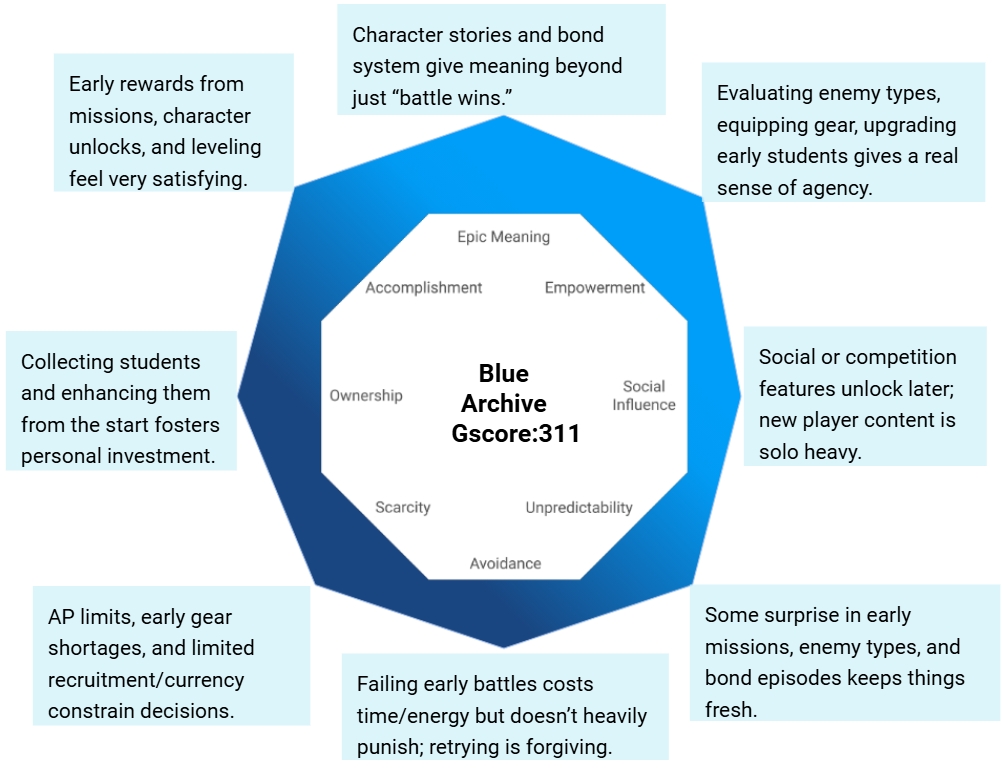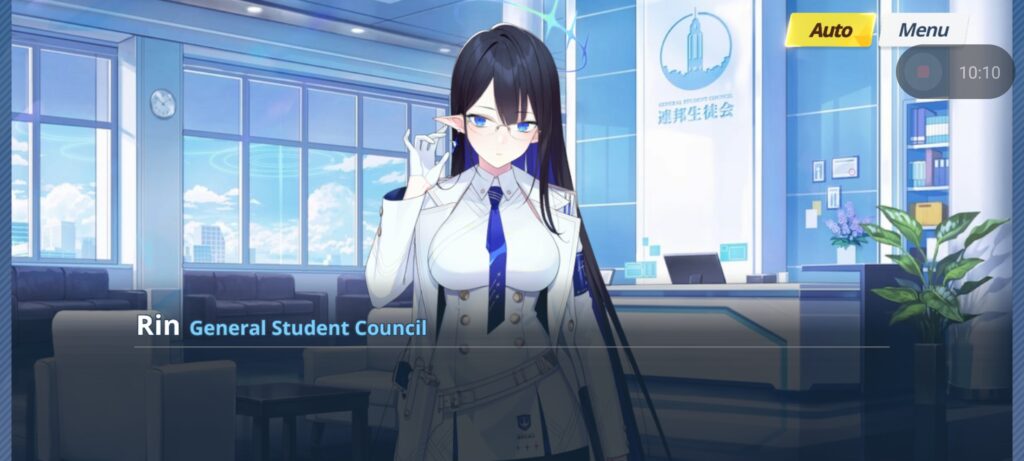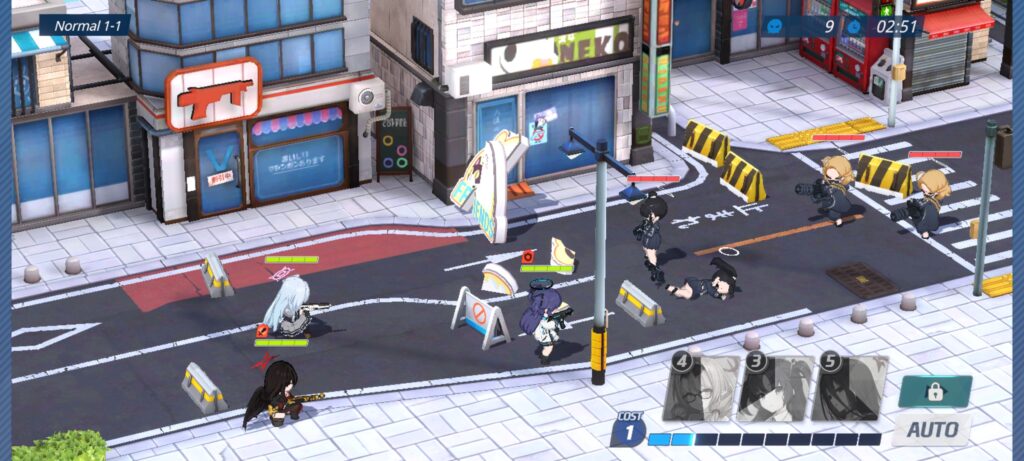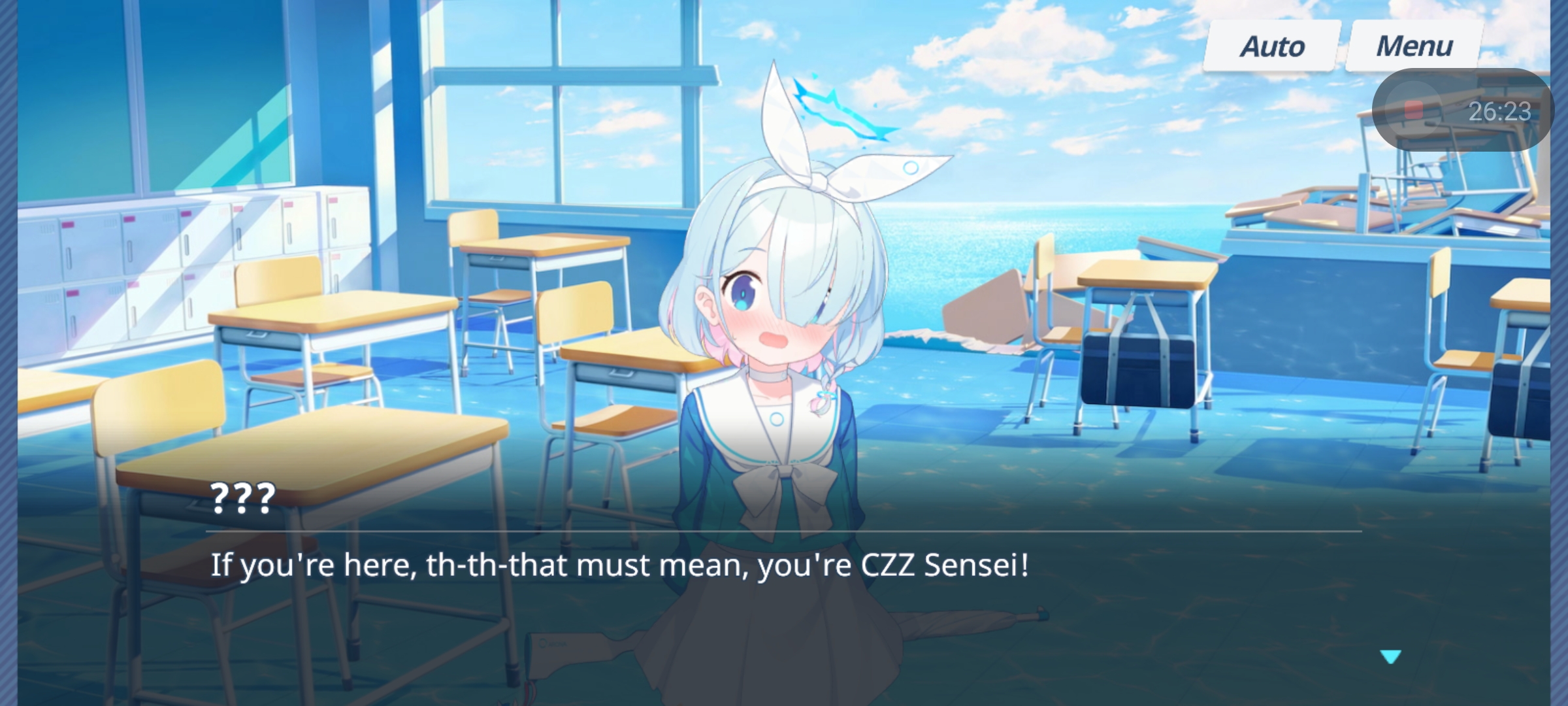A 9-minute uncut gameplay video:
In Blue Archive, as a new player (“Sensei”) stepping into the academy city of Kivotos, I was first walked through recruit tutorials, daily missions, and story chapters that introduce characters, bonds, and combat basics. Battles let me organize a team of Striker and Special students, use their active/passive skills, and bring terrain or type (Armor/Weapon type) match-ups into consideration. Early resource systems like Action Points (AP) and recruitment currencies set a rhythm of limited use and gradual growth. The mix of tactical combat, charming character stories, and light management features impressed me right away.
Octalysis Rating Table
| Core Drive | Score (1–10) | One-Line Description |
|---|---|---|
| Meaning | 7 | Character stories and bond system give meaning beyond just “battle wins.” |
| Accomplishment | 8 | Early rewards from missions, character unlocks, and leveling feel very satisfying. |
| Empowerment | 7 | Evaluating enemy types, equipping gear, upgrading early students gives a real sense of agency. |
| Ownership | 6 | Collecting students and enhancing them from the start fosters personal investment. |
| Social Influence | 4 | Social or competition features unlock later; new player content is solo heavy. |
| Scarcity | 6 | AP limits, early gear shortages, and limited recruitment/currency constrain decisions. |
| Unpredictability | 6 | Some surprise in early missions, enemy types, and bond episodes keeps things fresh. |
| Avoidance | 5 | Failing early battles costs time/energy but doesn’t heavily punish; retrying is forgiving. |
Evaluation Notes:
Scoring range: 1–10. Higher scores reflect stronger implementation of the core drive and greater player motivation.
GScore (Gamification Score): Calculated using the Octalysis Framework tool.
Octalysis Radar Chart

Detailed Analysis
1. Meaning (7/10)
The bond system and story chapters early on introduce each student with personality and background, making them feel more than just stats. I unlocked a bond episode with a character just after recruitment, and seeing her story progression made me care about her development.

2. Accomplishment (8/10)
Completing the tutorial, clearing the first few missions, leveling up students—all yield noticeable improvements. Achieving milestones like unlocking a new student or completing a mission with full stars gives tangible rewards. I remember leveling up a Striker and equipping her better gear—her damage jump made battles noticeably easier.
3. Empowerment (7/10)
In early combat I already had to think about which student to use, which weapons or special skills match which enemies, and how to balance Strikers and Specials. The game gives you choice early, letting you test what works best. Early decisions about upgrading students vs. improving gear mattered—made me feel my choices had weight.

4. Ownership (6/10)
The roster of students and enhancing their weapons or skills builds a sense that this is “my team.” Even though the strongest students are premium or hard to pull, having a few reliable ones early gives me something to nurture and invest in.
5. Social Influence (4/10)
At the very start there’s not much social engagement—most content is single-player. But seeing leaderboards or what students others highlight gives me direction and inspiration. It’s low pressure, but social presence exists.
6. Scarcity (6/10)
AP (Action Points) limit how many missions I can run per day; early gear drops are sparse; recruitment currency is not abundant. These constraints force me to prioritize which students or upgrades to focus on. It sometimes feels slow, but also pushes engagement.
7. Unpredictability (6/10)
Enemy types, mission objectives, and bond episode reveals bring small surprises even early in the game. One mission had an unexpected enemy resistance which forced me to change students mid-battle. Situations like that keep the beginning from feeling repetitive.
8. Avoidance (5/10)
If I fail a mission or perform poorly, I lose AP or stamina-like resource/time, but I don’t lose my unlocked students, gear, or story progress. It allows me to try again without worry. A few early losses stung, but they motivated me to improve rather than quit.
Overall Summary & Recommendation
I’d recommend Blue Archive especially to new players who enjoy tactical RPGs mixed with character story and customization. Its strongest early game design lies in Accomplishment and Meaning—you quickly feel rewarded by mission progression and story engagement. The weakest are Social Influence (not much multiplayer early) and Scarcity (resource limits). If you’re looking for an anime-style RPG that treats you kindly in the beginning while giving you depth to grow into, this game is definitely worth starting.


Leave a Reply